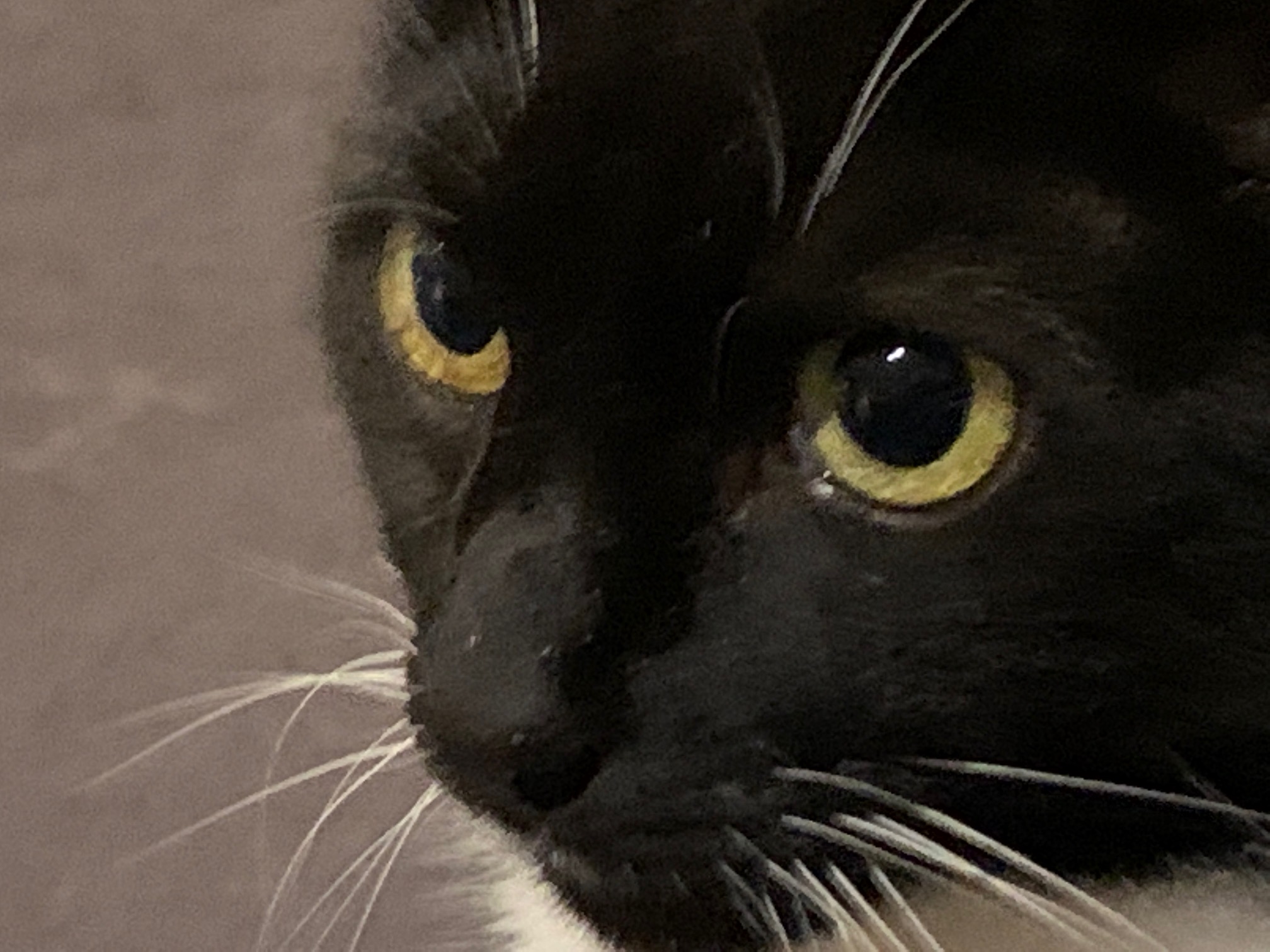Indoor and outdoor cats need a certain amount of cat care. Part of the joy of owning a cat is their independence and desire to do just as they please. And there is nothing we can do to change that. We are on hand to feed and water them, give them fuss when they want it and make sure they are in tip-top shape.
There is only so much attention they will take – and it will be all on their terms.
In an ideal world we can make sure their coat is sleek and clean, can keep their claws sharp and neat, make sure their eyes and ear are clear and keep parasites at bay. And of course, keep them safe from feline influenza with up-to-date vaccinations.
Grooming
A sleek and glossy coat is an excellent reflection of your cat’s health and general well-being and is the essence of routine cat care. Taught by their mothers, most cats do an expert job of keeping themselves clean but as responsible owners, we can help when necessary. One of the reasons we love cats as pets is that they usually keep themselves fastidiously clean. Only long-haired breeds need more assistance from us to groom their coats. A well-groomed coat is a useful indication of a cat’s good health – deterioration in normal self-grooming and toilet behaviour often occurs as a result of illness.
Assisting with natural grooming can become an enjoyable playtime – especially if you start when your cat is young – and it is great training for future handling. The grooming routine should include careful inspection of the skin as well as the coat. Look out for signs of parasites – fleas, lice and ringworm. This is especially important if your cat has been in contact with others at a cattery or a show. A sure way to find fleas is to comb through the coat from the ears to the tail with a fine-tooth metal comb – you will need to move quickly though – as fleas are remarkably agile!
A rubber brush is ideal for removing unwanted dead hair from short-haired cats and a natural bristle brush prevents hair breakage and static.
Eyes, Ears and Mouth
Eyes should be bright and clear. Any discharge is a sign that your cat is unwell and you should call the vet. White cats and Persians may show tear-staining around the eyes – this is quite normal and it can be removed with gentle warm bathing.
It is advisable to clean the outer part of the ears with swabs as debris easily collects in them. You can use a bright light to examine the ear canal but it is not advisable to attempt to clean them yourselves as it can be dangerous for the cat. Honey-coloured wax is normal, but dark, offensive-smelling wax may be the first sign of ear mites which requires immediate vet attention.
It is important to examine the cat’s gums and teeth – it is often a part of cat care that owners forget. It is very important to ensure that teeth are clean and gums are free of any soreness. Cats of any age can develop a layer of tartar on the teeth which can become bad enough to cause a lack of appetite. If you think this is a problem with your cat then you should consult your vet.
Claw attention
All cats need to sharpen and clean their claws on a rough surface and for this reason, a scratching post should be provided if the cat is not allowed access to a garden with trees. That said, a cat will often ignore our wishes and use the furniture or carpets instead it just can’t be helped! Damaged can be lessoned by the occasional clipping of the tips of the claws. Trimming should only take place if absolutely necessary using clippers – extra care should be taken to make sure you do not cut them to the quick.
Outside or Inside?
Cats by nature are prowling hunters but many owners keep their pets indoors. This will be for many reasons – including for their own safety. There is no difference in principle to the cat care of a house-bound animal – but even more, attention should be given to providing for its needs. A regularly cleaned and emptied cat litter tray is essential and it should always be kept in the same place. Be sure to provide regular, balanced meals; a succession of titbits is particularly likely to lead to obesity in a cat that has little or no exercise. Providing entertainment and exercise to a house-bound cat is important to prevent boredom. Collections of strong cardboard boxes with holes cut in the sides, or a few wide tubes will give endless fun as the cat rushes in and out of the tunnels. A climbing tree will be really enjoyed too and it’s worth providing a collection of toys. It is perfectly feasible for the house-bound cat to be trained to walk on a lead.
Provided the cat is cared for properly and has plenty of companionships, it will be just as contented as its free-roaming counterpart – and may have a longer, healthier life!

